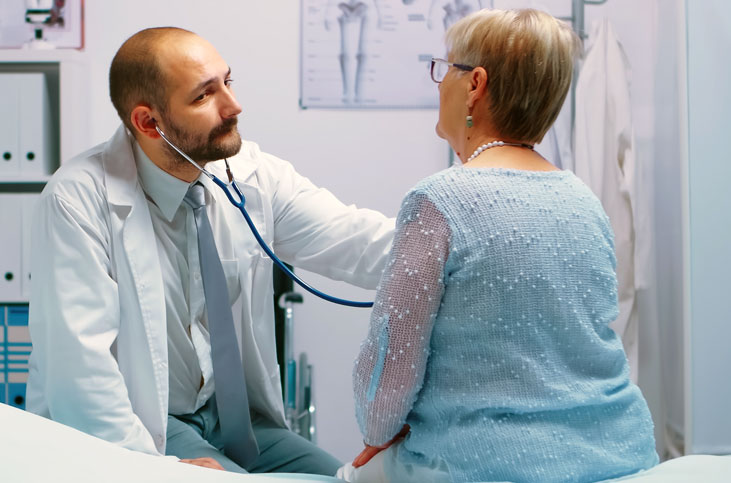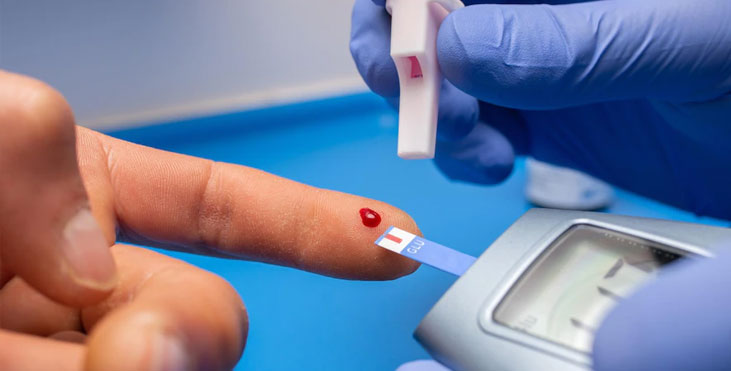

The HRSA is a federal agency that provides health care services for all types of underrepresented people, including the uninsured and low-income. Its extensive grant program offers awards to qualified non-federal entities that promote health. For example, the HRSA may award grant money to maternity and children's programs through its Healthy Tomorrows Partnership for Children Program (HTPCP)

Managed by the Federal Office of Rural Health Policy, Health Resources and Services Administration, and U.S. Department of Health and Human Services, health outreach grants award money to organizations that run programs to promote healthcare in the communities they serve.
Past grant awards have touched virtually every health issue out there, including but not limited to substance abuse awareness, COVID-19 testing, women's health, and preventative care services.
Each program has its requirements to be eligible for HRSA grant funding. Usually, you need to be part of a for-profit or non-profit entity with a history of serving a niche population (e.g., rural, low-income, or homeless)
The HRSA is fully committed to rural health through State Offices of Rural Health (SORH) programs available in each state. With more than $200 million in grants awarded to rural communities and community health clinics each year, each office works with academic institutions, hospitals, clinics, and similar institutions to promote rural health care.
One of the HRSA's biggest initiatives recently has been to expand COVID-19 testing and mitigation through rural health clinics. Goals have been to increase testing levels, distribute testing supplies, and provide ongoing education on antiviral treatments and vaccine effectiveness.
For more information on HRSA COVID-19 programs, visit HRSA - Expanding COVID-19 Response in Rural Communities through Rural Health Clinics.

Each HRSA program has its eligibility requirements. For example, the Maternal & Child Health Bureaus Healthy Tomorrows Partnership for Children Program (HTPCP) requires that the receiver's primary goal is to "promote access to health care for under-resourced and underserved children," awarded to any domestic public or private entity. In addition, they may include faith and community-based organizations.
The HRSA offers explicit, step-by-step instructions available through their website, HRSA - Apply for a Grant
This website covers all steps from creating a Unique Entity Identifier (UEI), determining your eligibility, and how to create a strong application. It also provides access to a real-time database of funding opportunities. In addition, each program has its eligibility requirements and application deadlines.
As of this writing, the following organizations provide funding through the HRSA:

HRSA grant writing is a fine art. Like any essay, it involves a structured approach with enough enticing language to pique the funding committee's interest.
In short, a good grant proposal consists of the following:
This section provides a synopsis of your grant application. What is the name of your organization? What is your organization's mission? What is your organization trying to accomplish? In two to four sentences, can you convince reviewers your clearly defined problem is worth funding?
In this section, provide a robust description of your project. Who are the beneficiaries? How will they benefit? One of the best ways to establish your need/problem statement is to refer to a current case study. For example, suppose your organization has successfully managed to administer COVID-19 testing to 100 people in an underserved area. In that case, you will want to highlight the timeframe and how additional funding can scale this operation.
Under this section, you will list all project stakeholders and all of their qualifications, certifications, and skills. Then, tie each stakeholder to one or more activities, offering details on project time frames, roles, responsibilities, and desired outcomes.
In this section, you will confirm how the project will be tracked and measured. For example, many education-based programs use standardized reading tests at program start and end to determine a program's effectiveness.
Under this crucial section, all project costs are detailed, including training costs. Provide estimated revenue intake and expenditures so that the funding organization will know where the funds will go.
This miscellaneous section allows grant seekers to provide additional supporting documentation, such as organizational collateral or research materials.
For more helpful tips on HRSA grant writing, visit HRSA - Manage Your Grant.
We are big fans of the HRSA's Manage Your Grant - Training pages, which offer links to past conference calls for regional and USAPI HRSA recipients.
After receiving a grant, all grant recipients are advised to follow HRSA's best practices, which you can find here.
Some of the materials they covered are how to understand your Notice of Award (NoA), stakeholder's overseeing your use of funds (e.g., Project Officer and Grants Management Specialist (GMS), and how to maintain your Financial Management System (FMS). Your FMS is used to keep track of how you manage the funds and an accounting of program income.
Note: any health organization that spends more than $750,000 in federal funds will be required to perform a non-federal audit by an independent Certified Public Accounting (CPA) firm.
The HRSA offers a helpful cheat sheet, Developing Effective Financial Management Practices, which helps grantees avoid misspending grant funds. Unallowable costs could result from a lack of documentation, non-compliance, or expenses paid for that are not related to the HRSA grant.